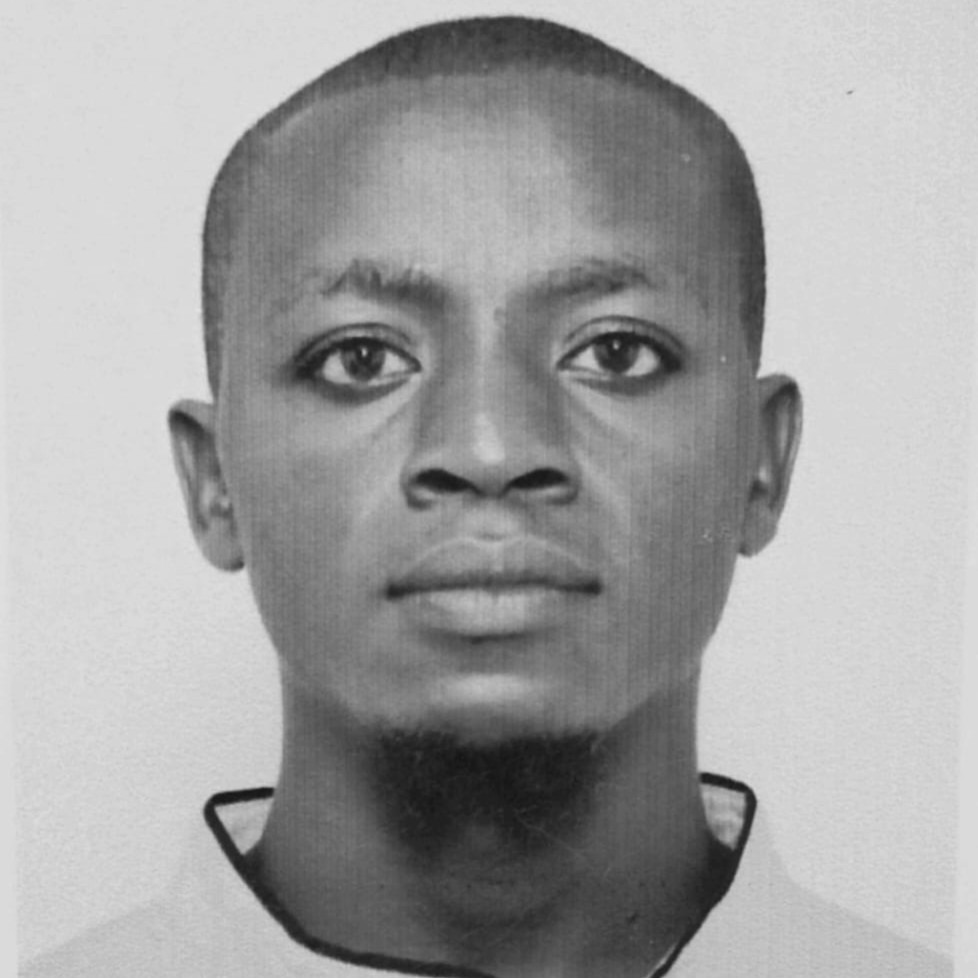34
0
0
Like?
Please wait...
About This Project
The decline of natural coral populations has led to widespread restoration efforts which will see outplanted corals dominate denuded reefs. These efforts may cause unintended erosion of genetic diversity due to the rearing of limited genets and subsequent inbreeding. This study will integrate a modern inexpensive DNA sequencing technology in ongoing restoration initiatives in Kenya to catalogue coral variety and variability to inform rearing and outplanting of adaptable and diverse populations.

